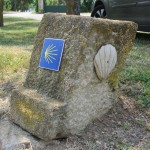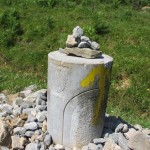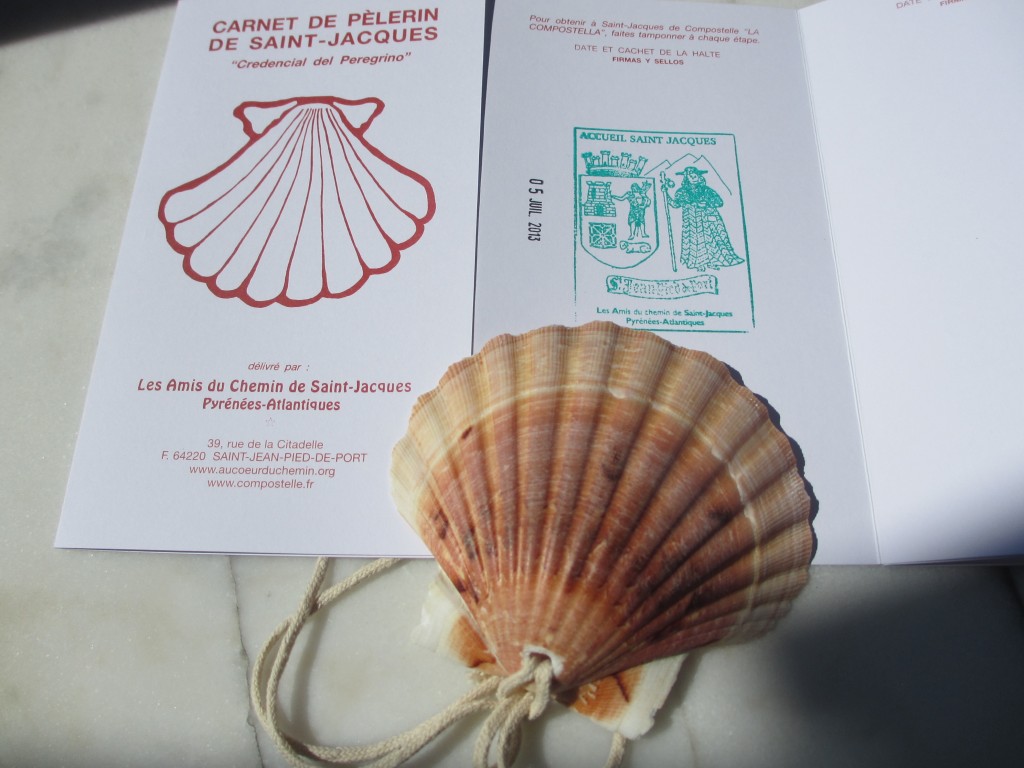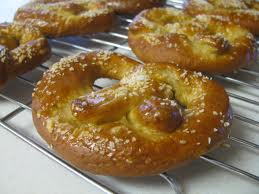Chapter 6 – Camino Santiago Symbols, what are they about?
Travel brings power and love back into your life – Rumi
I’ve talked about much of my preparation for the Camino but I haven’t really talked about the process of the Camino, how one walks the Camino path. When I heard about the Camino I started to research about it – I could find tons of website and blogs and there was a symbol that kept showing up over and over again – it was the scallop shell. The scallop shell signifies rebirth and it’s the symbol of Camino and the apostle Saint James and the French call it Coquilles Saint Jacques (Scallops of Saint James/Jacob)
Legend of the Santiago de Compostela
Who was Saint James? Why did so many of his followers or pilgrims take the road to Compostela as early as year 1000? According to the bible James the Greater was one of Christ’s first apostles who died in Jerusalem in the year 44 AD. He said to be been beheaded by order of King Herod Agrippa, who was apposed to the new religion. Legend has it two disciples brought his body back by boat to Galicia where the tomb was discovered by 9th century by a hermit who was led to it by a star. Relic worship was widespread at the time and the site rapidly took on its vocation as a major pilgrimage center comparable with Jerusalem and Rome. Campus Stellae or “filed of stars” became Santiago de Compostela and this town tip of Galicia soon built a Romanesque church that was to become one of the most imposing Gothic Cathedrals in Europe.
From all the pictures of the Camino the directional sign to Santiago were all directed by the shell using it as a walkway symbol or a yellow arrow sign pointing to a direction to walk ahead. From my trip I’ve seen the yellow arrow on rocks, roads, trees and trust me you will be happy to see it on your path so that you don’t miss your path. The scallop shell is also modified like a sunburst used sideways signifying many paths around Europe leading to one meeting point, Santiago! How cool is that!
When the pilgrims start the Camino everyone gets a passport called “credentials” from the tourist office at the starting point (in my case at St. Jean PP) a passport where each pilgrim will register their personal information. Once a pilgrim obtains a passport then they can collect stamps to indicate that they have passed the proper Camino path through various villages. The passport is used as a credential to get accommodations at albergues (Hostel, Pension). When you reach Santiago, to get the Compostela (the Camino certificate) the passport is examined at the Tourist office to make sure all the necessary stamps, the last 100 km have been walked by the pilgrim. So these stamps are given out in most albergues, churches and municipal offices – they are unique to each place. But all the stamps are verified and the certificates are given out to everyone who walks the Camino to Santiago.
You are also asked a question at the Tourist office why you walked the Camino – this is not a test question that one must pass but to let one reflect on the whole journey and answer why they did the walk and then you are given the certificate. I have a degree in Computer Science, Diploma for Culinary Arts, many awards and certificates but I think this one will be very special to me. This certificate is not easy to get – and it’s not about how fast or how many days it took to finish rather how one did the walk and the quality of it. This is truly a reflection of oneself how you want to do the Camino walk.
Santiago de Compostela for me!
I’ve given permission to myself to do something totally different where my body and soul hope to work in synch without being too hard and judgemental about myself. I also hope to find a balance in my life, balance my blood sugar with the heavy physical activity and to achieve a taste/test of walking close to 880 km where I’ve done this similar distance by plans, trains and automobiles but never by foot and that’s some achievement I can do and be proud of. Especially with type1 diabetes (T1D), I’ve never challenged myself to long physical activity where I can really speak to so many others challenged by diabetes who limit themselves to travel or long distance physical activity that they can with proper planning and training.
Buen Camino!







